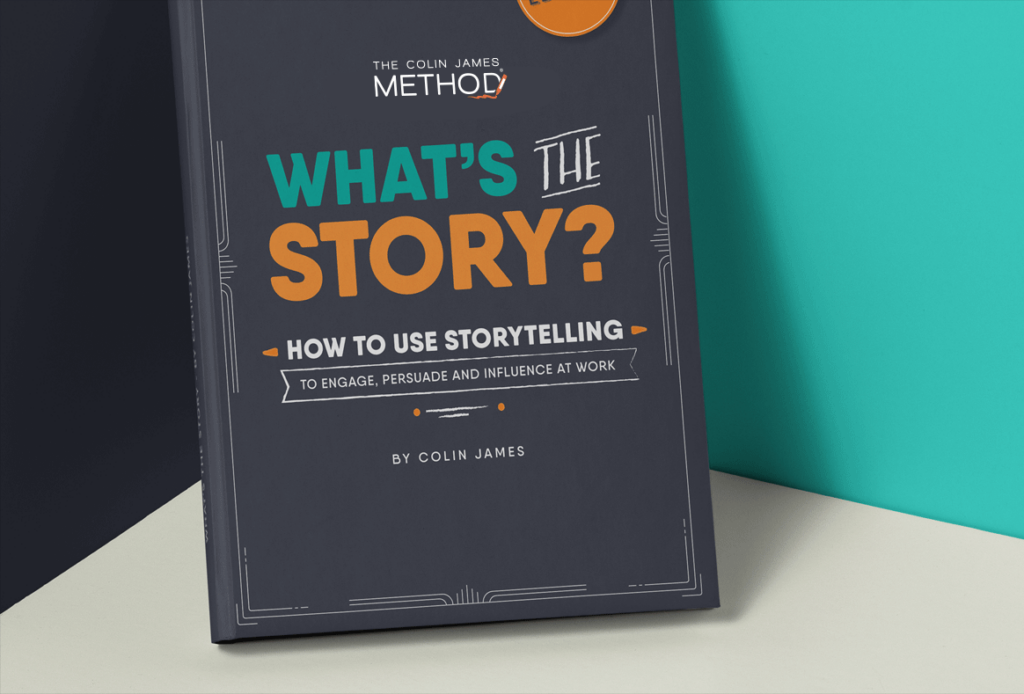Summary
- Build Connection with Real-Life Stories: Sharing relatable and authentic experiences, especially client success stories, helps create a deeper connection, making your value proposition easier to understand and more memorable.
- Engage Emotionally for Trust: Evoking emotions through storytelling enhances trust by making the message resonate emotionally, fostering empathy and showing you understand the client’s struggles.
- Use Structured Storytelling to Clarify Value: A clear story structure reinforces key messages, helping clients see how your solution addresses their challenges, while linking the story back to your offering strengthens its perceived value.
Storytelling is a powerful tool in sales that goes beyond merely conveying information—it helps build trust and establish a deeper connection with prospective clients. Effective storytelling can make your value proposition more relatable and memorable, ultimately fostering trust and driving conversions. Drawing from proven communication techniques, here’s how you can leverage storytelling to build trust and value in your sales relationships.
Connect Through Real-Life Stories
Relatability is Key: The best stories come from real-life experiences, which makes them relatable and authentic. When you share stories based on real events, whether they’re about your experiences or those of your clients, you create a connection that data and figures alone cannot achieve. For instance, when presenting a solution to a prospective client, share a success story from a previous client who faced similar challenges. This not only illustrates the practical benefits of your solution but also makes it easier for your audience to envision similar success in their own context.
Simplify Complex Concepts: Storytelling is particularly effective in simplifying complex ideas. Instead of overwhelming your audience with technical details, use a story to explain how your product or service has made a tangible difference in a similar situation. This approach helps clients understand the value of your offering in a real-world context, making it easier for them to trust your solution.
Create Emotional Engagement
Evoking Emotion: A good story engages the emotions of the audience. It’s not just about what happened but how it made you or someone else feel. This emotional engagement is crucial in building trust because it makes your audience more likely to remember and resonate with your message. For example, instead of just listing the benefits of your product, you could tell a story about how it helped a client overcome a significant challenge, emphasising the emotional relief and satisfaction they experienced.
Building Empathy: When you tell a story that highlights your understanding of the client’s struggles, you build empathy. This makes the client feel understood and valued, which is essential for trust-building. For instance, if you know your client is concerned about the risk of change, sharing a story about how another client successfully navigated a similar transition can reassure them that you’ve considered their worries and have the experience to help them succeed.
Use Story Structure to Reinforce Your Message
Structured Storytelling: Effective stories follow a clear structure that guides the audience from the initial situation to the resolution. A well-structured story typically includes an introduction that sets up the context, a challenge or conflict that needs to be resolved, and a resolution that ties back to the message you want to convey. This structure not only makes the story more engaging but also ensures that the key points of your message are clearly communicated and reinforced.
Link the Story to Your Message: Always tie the conclusion of your story back to the main message you want to communicate. This helps to reinforce the value of your solution in the client’s mind. For example, if your story is about overcoming a difficult challenge, end by linking the outcome to how your product or service was crucial in achieving that success. This helps solidify the idea that your offering is not just a product but a valuable tool for overcoming real-world challenges.
Further Your Storytelling Skills – Downloadable resources
If you’re interested in enhancing your storytelling abilities and using them more effectively in your sales process, I highly recommend downloading the “What’s The Story?” eBook by Colin James. This resource delves deeper into the art of storytelling, offering practical examples, detailed techniques, and step-by-step guidance on how to craft compelling stories that engage, persuade, and build trust. Whether you’re new to storytelling or looking to refine your skills, this eBook provides invaluable insights that can help you transform your communication strategies and achieve better results in your sales efforts.
Conclusion
Incorporating storytelling into your sales strategy is an effective way to build trust and demonstrate value to prospective clients. By sharing real-life experiences, evoking emotions, and using structured storytelling techniques, you can create a more engaging and memorable experience for your clients. This approach not only helps in building stronger relationships but also in driving sales conversions by making your value proposition clear and compelling. Implementing these techniques will enhance your ability to connect with clients and establish the trust necessary for long-term business success.










